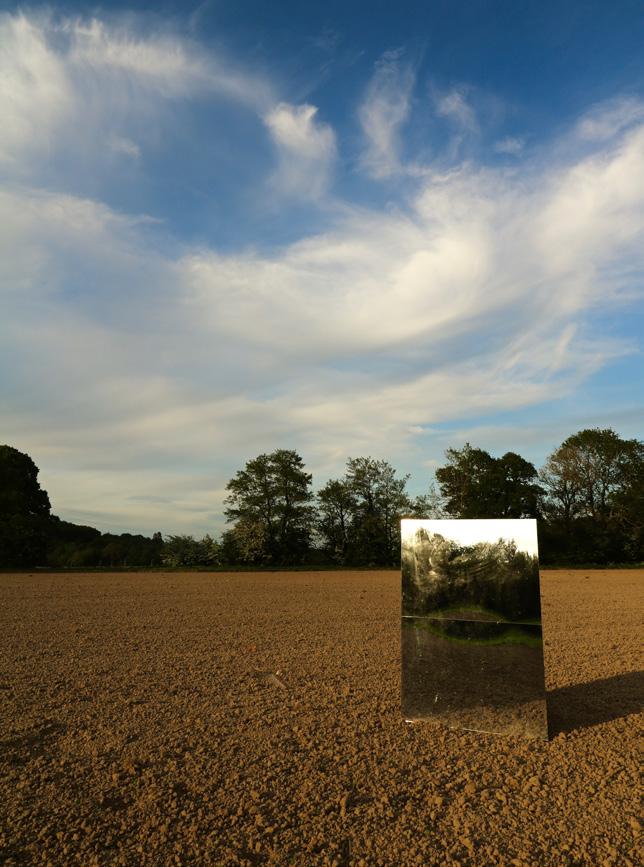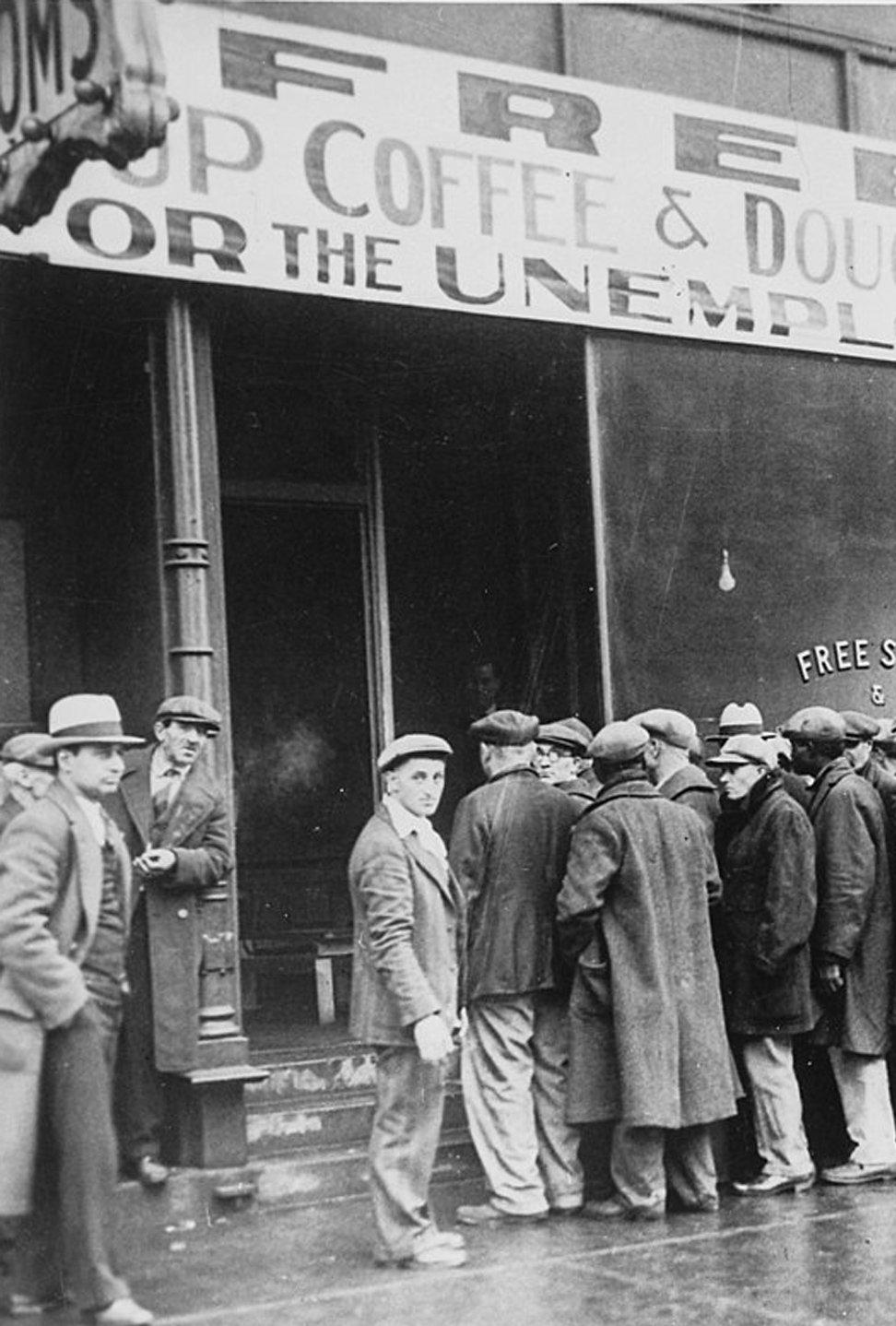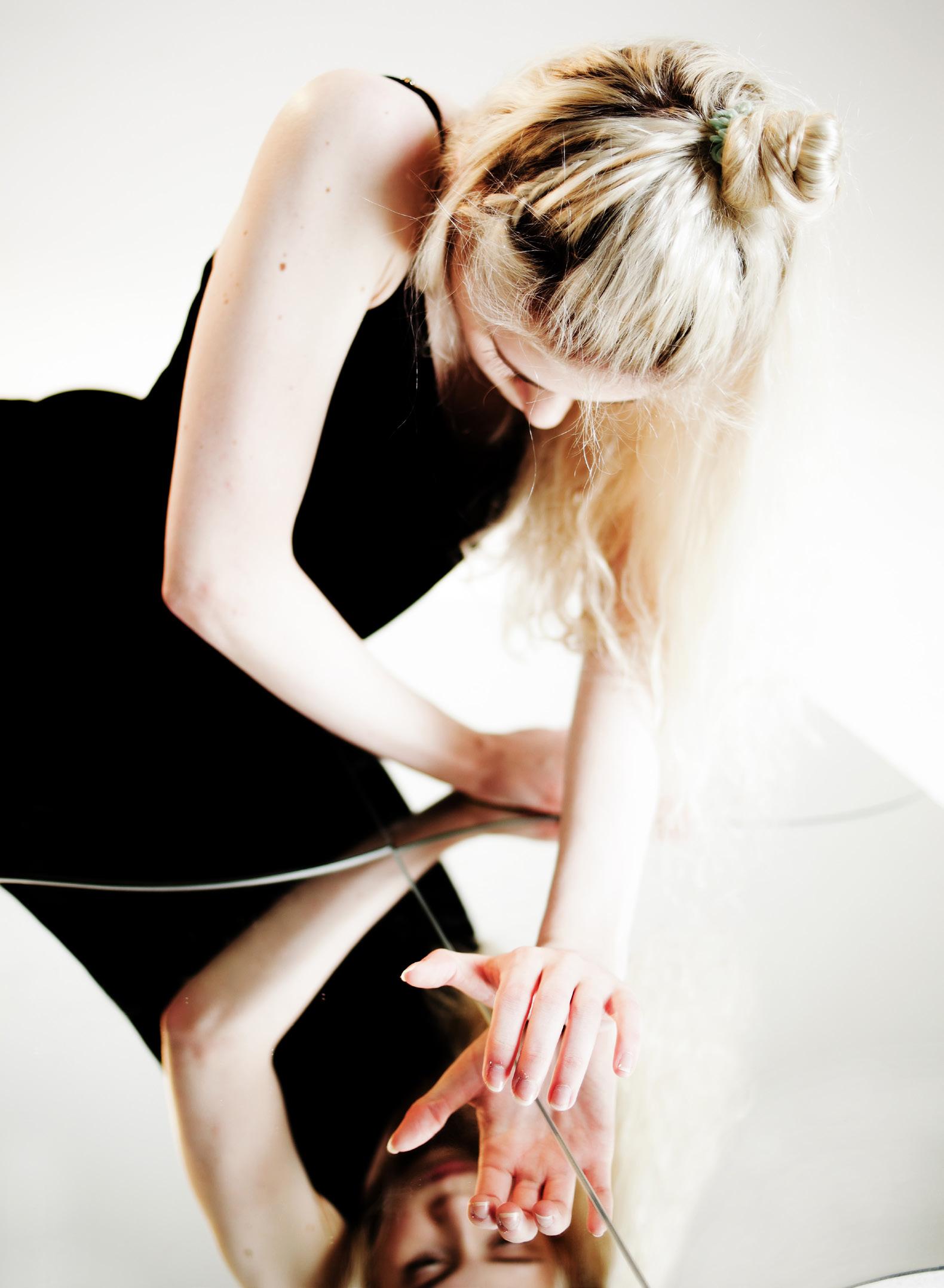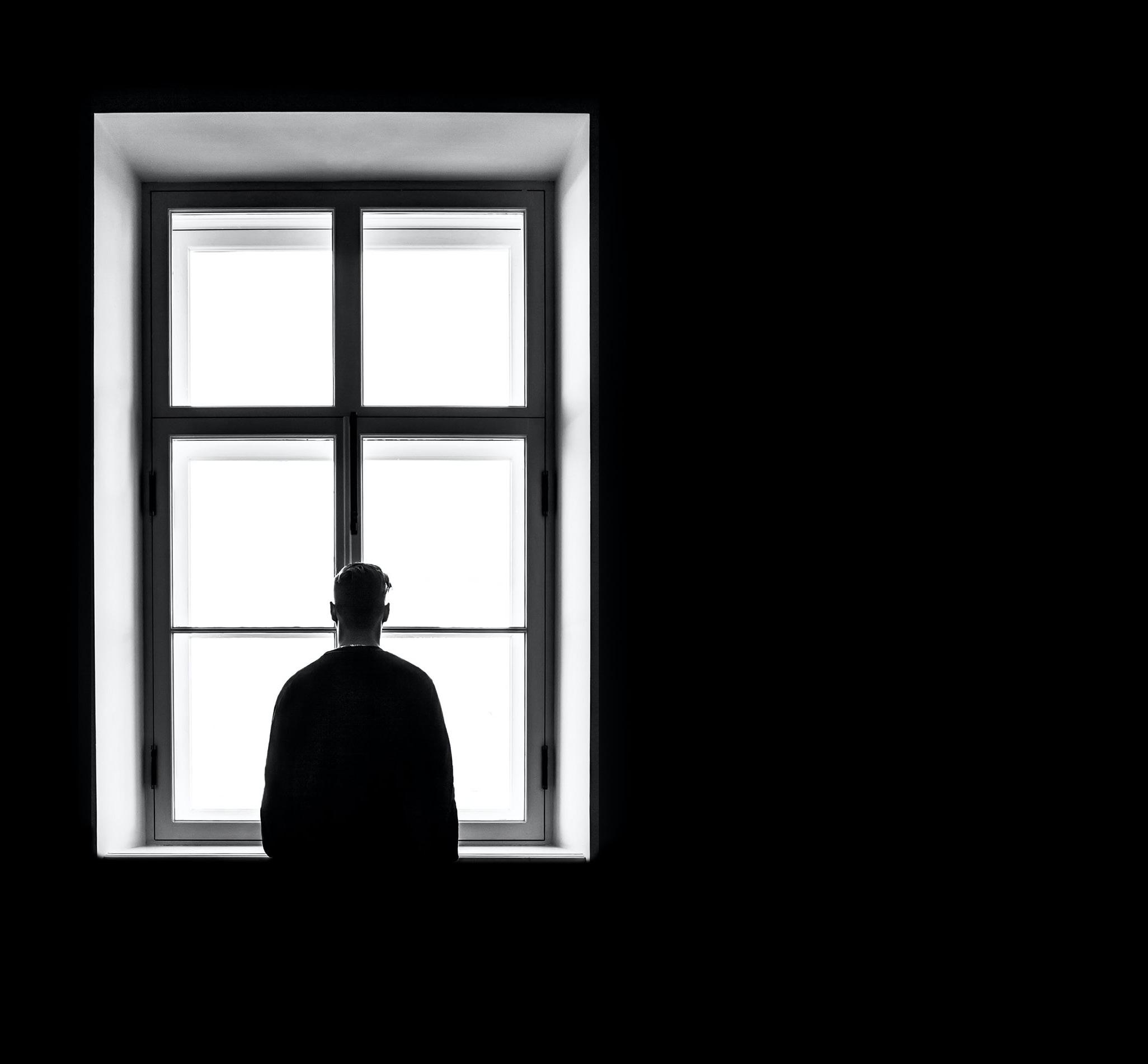
9 minute read
The Mirror Crack’d’: Emily Dickinson and ‘The Lady of Shalott’ Edith Critchley
THE MIRROR CRACK’D
EMILY DICKINSON AND ‘THE LADY OF SHALOTT’
‘I Am Half-Sick of Shadows, Said the Lady of Shalott’ by John William Waterhouse
‘But in her web she still delights To weave the mirror's magic sights, For often thro' the silent nights A funeral, with plumes and lights And music, came from Camelot: Or when the moon was overhead Came two young lovers lately wed; 'I am half sick of shadows,' said
‘The Lady of Shalott.’ - Alfred Tennyson Edith Critchley YEAR 12
To write great poetry, Emily Dickinson had to mirror the ‘Lady of Shalott’. Much like her fictional counterpart, the American poet needed isolation and mythology to create her masterpieces.
When I first considered the theme of ‘Mirror’, ‘The Lady of Shalott’, Tennyson’s 1832 poem based on an old English myth of the lady in the tower and Sir Lancelot, came instantly to mind: the woman in white, entrapped within her tower. As a result of a curse placed upon her, she is unable even to look out of the window; instead she creates tapestries of the images reflected from outside the window through the mirror in front of her. Clearly, she has a childlike ‘delight’ in the mirror’s ‘magic’, this sense of innocence reflected in the tight fairy-tale like rhyme scheme. There is thus a child-like authenticity to the art she is able to create. However, when she looks directly out of the window to gaze upon Sir Lancelot, the mirror shatters and the Lady leaves the tower to pursue the knight. However, despite her efforts and eventual death, Lancelot never does more than pity her.
‘The Lady of Shalott’ is a story of intense isolation, solitude and, perhaps, madness. The ‘shadows’ described in the poem are mirrored within the poetic form, the breaking of the balladic rhyme scheme and the lady’s use of sibilance creating sinister and harrowing undertones that increasingly subvert the mythic idealisation as the poem progresses - until it becomes more tragedy than fairy tale. Arguably, the Lady is a metaphor for the oppression of Victorian women, cursed to live restricted lives that consisted only of watching the shadows of others, her white dress symbolic of the expectations of purity and repression that they endured. However, on another level, it is an allegory of the artistic need for solitude; the Lady can only create in isolation, which both facilitates her weaving and makes it a necessity. The poem is a meditation upon the relationship between art and reality. Tennyson’s poetic character, upon further contemplation, seemed to me to reflect the real poet, Emily Dickinson, who retreated from the world in order to express it through poetry. Born on 10th December, 1830, eight years before the publication of ‘The Lady of Shalott’, Dickinson was born to a very intellectual and religious family in Amherst, Massachusetts. Given a generous education for a woman of her time, at the Amherst Academy, she had extensive knowledge of both contemporary science and literature. However, around 1858, she withdrew almost entirely into her room within her father's home, stating only that she felt a ‘terror’; whether this took the shape of agoraphobia, depression or some other condition is still debated over a century and a half later.
Dickinson seemed, however subconsciously, to be mirroring the Lady of Shalott or the extreme image of female repression that she represented, both to help her write poetry but also, perhaps, to protect herself from a world she feared. Dickinson began wearing only white, much like the Lady, and became known in Amherst as the ‘Myth’, not unlike Tennyson’s mythic protagonist. Like the Lady's tower, Dickinson's room had large windows with extensive views, in which she could perceive a reflection of the world from a distance. Lavinia Greenwood notes that ‘she had not turned away from life- she overlooked it’. This self-isolation within her tower initiated her greatest period of poetic growth, during which she wrote eighteen hundred poems, sewn together into ‘fascicles’ kept in a drawer by her bed. Although often sent to acquaintances such as Thomas Wentworth Higginson, with whom who she kept up extensive correspondence, only four of her poems were actually published in her lifetime.
These poems, which attempt to make sense of the world around her, could only be created after a complete retreat from it. Mirrors and reflections play many roles here: the mirror motif in 'The Lady of Shalott', the reflection between the Lady of Shalott and Dickinson herself, and finally the reflections of their worlds in an art only possible after isolation. Within this
article, I will be exploring why Dickinson needed to mirror the Lady of Shalott to write her poetry and how she used a mythical persona to free herself, allowing her to create several narrating ‘masks’ which acted as different magical mirrors to reflect the world. I will also examine how Dickinson perhaps needed her mirrored persona to help her to reflect the world around her, one in which she struggled to find her place, her persona allowing her to hide the fragments of herself behind a whole: her mythos.
Dickinson could harness this reflected Lady of Shalott image to free herself from the constraints of Victorian femininity and humanity generally, to write poetry that transcended her own experience. In the critical work, The Madwoman in the Attic, Gubar and Gilbert argue that Dickinson could ‘metamorphosis’ into a series of characters that transcended herself, through her drama and isolation, her persona allowing her to create characters essential to her creative process.
One of the most recurrent ‘masks’ is that of the archetypal Victorian woman: religious, innocent and pure. Yet she uses this mask within her poetry to free herself from this expectation. Often Dickinson's poetry addresses a master, usually taking the form of god – one she remained massively sceptical of in her adult life. She writes here with a girlish innocence and charm:
‘Perhaps the "Kingdom of Heaven's" changed— I hope the "Children" there Won't be "new fashioned" when I come— And laugh at me—and stare—
I hope the Father in the skies Will lift his little girl— Old fashioned—naught—everything— Over the stile of "Pearl."’
The narrative of this poem seems full of youthful fear and optimism: the anaphora of ‘I hope’ and Dickinson’s staccato hyphenation (‘and laugh at me- and stare’), aided by the simplistic language, create the voice of a young child. However,
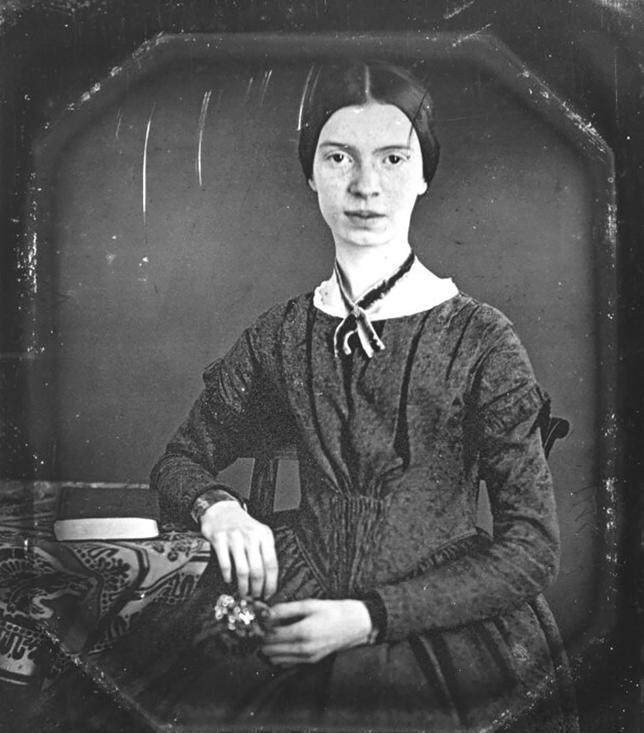
Emily Dickinson
the ideal adult woman in the nineteenth century was, as Florence Nightingale put it, ‘doomed to incurable infancy’ and therefore it is perhaps impossible to claim this narrator is actually young: she could be any Victorian woman. Dickinson erodes this narrative voice, assuring the reader that her own voice still exists underneath, undermining her narration by the exaggeration of her childish innocence, the use of ‘father’ and ‘little girl’ and the possessive pronoun ‘his’ casting doubt upon her sincerity, particularly when this overly-submissive language is being used while the woman imagines her death. The use of quotation marks, particularly around “Kingdom of Heaven”, further signals to the reader that this narrative voice is not to be relied upon; furthermore, we know Dickinson herself to have been a religious sceptic, the only one in her family not to get baptised a second time during the new religious wave in Amherst, stating that she was ‘standing alone in rebellion’. This rebellion further pushed her into isolation, and yet she still uses religious terminology and ideas throughout her work. Her isolation from her religious background acts as a foundation for this childish female character, helping her undermine strictly religious ideas and perhaps the idealised nineteenth century image of a woman. By creating this image of the perfect faithful, she simultaneously frees herself from its constraints, making this image a removable ‘mask’, which, due to her isolation, she becomes exempt from, weaving a reflection of a character within her poetry rather than a part of herself. Her Lady of Shalott-like isolation is needed to create enough distance to allow this reflection, but also furthers its formation.
Dickinson also uses her persona to hide her own fragmented self. One of her most recurring motifs is that of the weaving spider. In one of her many poems focused on cobwebs or spiders she writes:
A Spider sewed at Night Without a Light Upon an Arc of White. If Ruff it was of Dame Or Shroud of Gnome Himself, himself informed. Of Immortality His Strategy Was Physiognomy
There's something particularly private and insular about this weaving spider, magnified by the sibilance in the opening line, the magnification of focus upon this already-small creature doubled by the dark imagery of night and the absence of light. This compact focus upon the spider is contrasted with the grandeur of a dame’s 'ruff', an Elizabethan symbol of class, and the mythical costume of a ‘gnome’, which paradoxically only increases the minuteness of the spider himself as well as creating a sense of closeness and protection usually lacking in some of Dickinson's sprawling poetry with its vast ideas of heaven and death. This sense of closeness and protection is only reinforced by the continued rhyming in the opening three lines and the lack of the poet’s usual hyphenation, creating a tight rhythm that has a predictable and safe tone. Appearing smaller and smaller, the spider then turns inward, transcending the miniscule imagery, particularly with the repetition of ‘himself’, and the emphasis on his ‘physiognomy’. The spider’s mentality becomes more and more focused upon himself and his weaving, the delicate creature seemingly protected by its darkness, its weaving perhaps only possible because it is hidden, again mirroring ‘The Lady of Shalott’. There is also something compulsive about the use of a ‘spider’; the natural imagery is a deliberate choice that makes the spider's weaving seem like an instinctive, uncontrollable action. This tiny spider becomes a metaphor for Dickinson herself, the private Dickinson below the ‘masks’ of her poetry; she often scribbled verse on tissues or chocolate wrappers, as if uncontrollably.
Not only is the spider creating a form of art in the protective locus of darkness and isolation, but also ‘upon an arc of white’, reflective of the white garments Dickinson took to wearing. For both the Lady and Dickinson, wearing white creates a conflict open to debate; Gubar and Gilbert write, in The Madwoman in the Attic, that whiteness can be seen to address the pain of Victorian women trapped within expectations of purity but can also be interpreted as a symbol of the power to bear witness. Yet there seems to be something quite protective about this ‘arc of white’, facilitating this small spider's weaving. Thus Dickinson's spider, who in another poem weaves ‘pearl’, can be discerned as a metaphor for herself, protected within her darkness and isolation but also her metaphor of whiteness. Her persona of a Lady of Shalott poetic figure, helps to shield her. It is hard to pin down why exactly Dickinson became a recluse, but it is clear that within her poetry she managed to use the mythic character she inherited as a result. She created a symbiotic relationship with her own façade; like the Lady of Shalott, her myth allowed her to write good poetry and yet was also the product of her own artistic creation at the same time. It not only furthered her reclusiveness but became necessary as a form of self-protection. Although it is doubtful that her mirroring of the Lady was conscious on Dickinson’s part, each became a symbol of the repression of Victorian women and reflected a similar desire to reflect the world around them within their art.


